
There is a good deal of misinformation available about migraine headaches. Which of these 10 statements are myth and which are fact?

There is a good deal of misinformation available about migraine headaches. Which of these 10 statements are myth and which are fact?
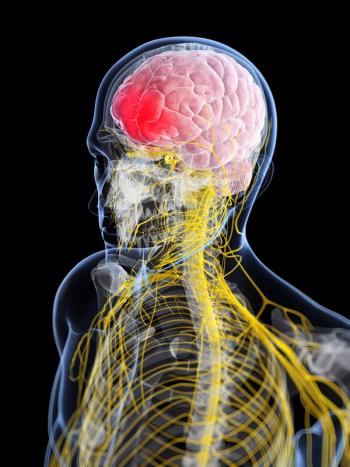
Migraine-especially with aura-is a CV risk factor, which makes treatment with ergots or triptans potentially problematic. The best approach?

It’s how much cannabis your patients with HIV infection smoke now-not over their lifetime-that appears to affect their cognition.
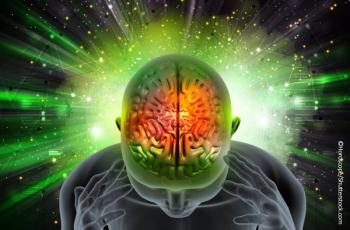
This month’s Special Report post-test allows you to gauge how much you have learned about current approaches to treating migraine headache.

Headaches that occur several days before menses as well as disabling headaches on days unrelated to menses... how would you help this young woman?

If the goal of headache therapy for adolescent migraineurs is a pain-free adult life, here's a road map.

What Rx for adolescent migraineurs? Ideal care for menstrual migraine? Perfect patient for new CGRP inhibitors? Answers in this PCP Special Report.
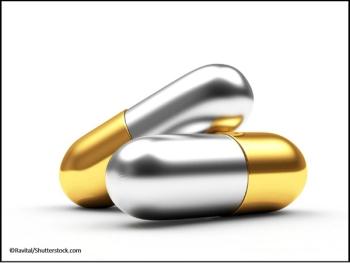
Slide Show: FDA drug approvals in the second quarter 2017 included these 10 for conditions seen in the primary care setting.
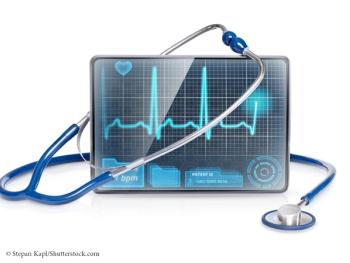
An array of new tools, perspectives, and guidelines to help navigate the gray areas have been reported in recent days.

Find out what you know about a common neuropsychiatric disorder by taking this quick 8-question quiz.

Paradox: a new study finds that despite wide us of antidepressants in the US, many who need treatment do not get it while others are overtreated.
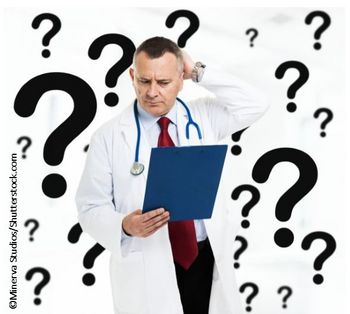
A new study found that commonly prescribed antihypertension drugs affect mood disorders--either positively or negatively.

Do doctors’ politics affect treatment decisions on, for example, drug use, firearms, and sexual behavior? Do yours?

To treat or not to treat? The risks and benefits of perinatal treatment for mental illness should be understood by all primary care clinicians.

Collaborative care operationalizes chronic care model principles to improve access to evidence-based treatments.
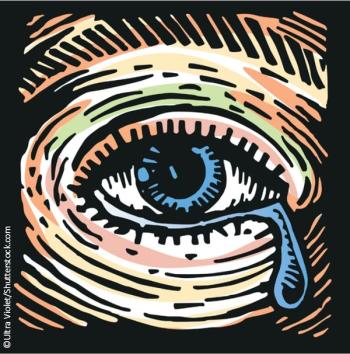
Authors of a new study note that a simple self-report question about mental health history in patients with ADR may lead to important intervention.

Results of the MOOD-HF trial join those of 2 others that looked to boost mood and survival in patients with heart disease.
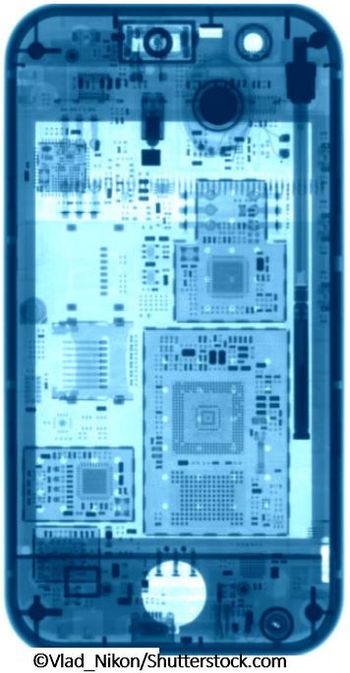
A mobile app that lets patients record feelings and monitors engagement and activity may help assess and treat depression.

Depression requires the same time and attention given to other chronic diseases, but few primary care practices are equipped to deliver.
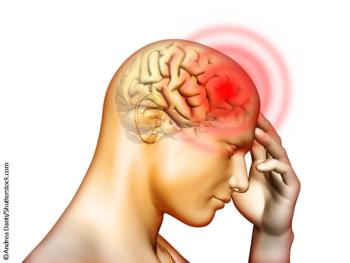
Take this quick quiz to test your knowledge of the latest scientific and clinical information.
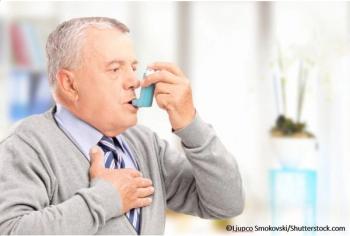
Depression in COPD patients is one of the most common, yet least recognized comorbidities, with prevalence ranging from 17% to 44%.

In this Medical News Minute, Dr Bobby Lazzara looks at the impact of PPI use on incident dementia in the elderly.

This brief slide show toplines key research from the 58th Annual Scientific Meeting of the American Headache Society, June 1-4, 2016.

Headache is common, but the diagnosis is not always easy. Take this quick quiz to test what you know.

Headache was a hot topic at the AAN Annual Meeting, and several studies have added to the literature. This slideshow summarizes the latest.